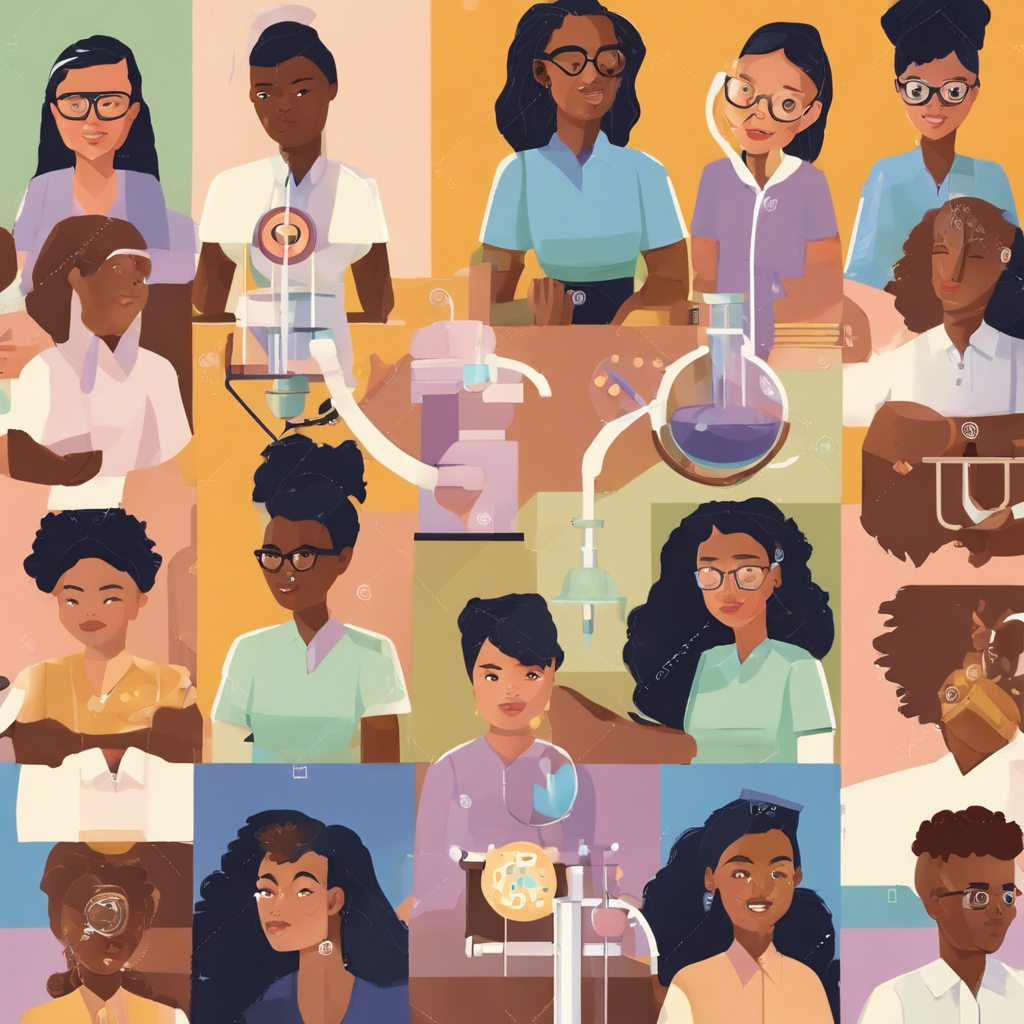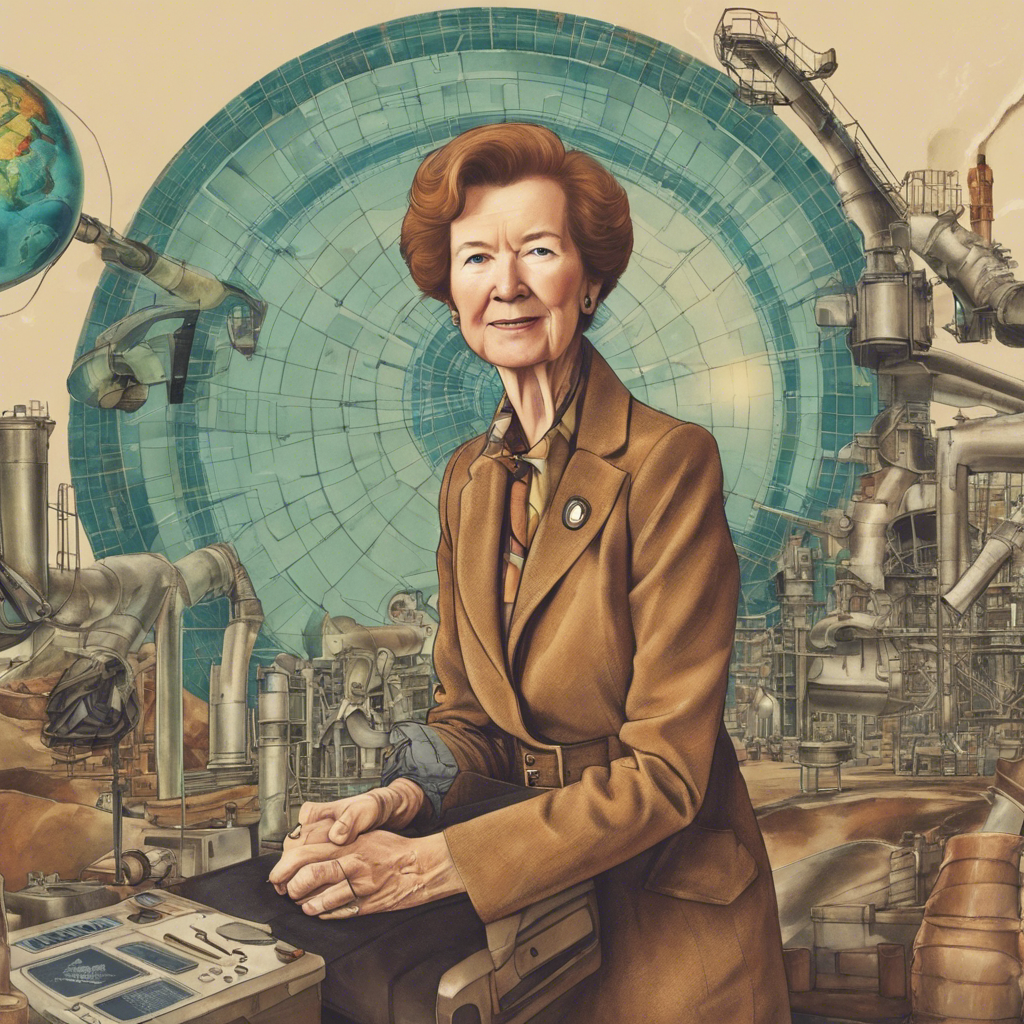Promoting Gender Equality in Science: Overcoming Bias and Disparities

A comprehensive analysis of gender disparities in the scientific community and efforts to promote inclusivity and equality
In the pursuit of scientific knowledge and innovation, it is essential that all voices are heard and valued. However, the scientific community has long been plagued by gender disparities, with women facing numerous barriers and biases that hinder their progress and recognition. From publication bias to underrepresentation in leadership positions, these inequalities have far-reaching consequences for both individuals and the scientific enterprise as a whole. In recent years, there has been a growing recognition of the need to promote gender equality in science, leading to initiatives aimed at dismantling discriminatory practices and fostering inclusivity. This article delves into the complex issue of gender disparities in science, highlighting the challenges faced by women and exploring the efforts being made to address these disparities.
The Gender Gap in Scientific Publishing
Scientific publishing is a crucial aspect of academia, serving as a measure of success and impact. However, studies have consistently shown a gender gap in publication rates, with women being underrepresented as first authors in many fields. Research by Pico et al. (2020) revealed a significant gender disparity in the geosciences, where women accounted for only a fraction of first authorships. This underrepresentation not only affects career progression but also perpetuates biases in citation and recognition. The study by Ross et al. (2022) further highlighted the issue, showing that women are credited less in scientific publications compared to their male counterparts. These findings underscore the urgent need for interventions to address the gender gap in scientific publishing.
Underrepresentation in Leadership and Recognition
Another area where gender disparities persist is in leadership positions and recognition within the scientific community. Despite progress in increasing the number of women in academia, women remain underrepresented in high-ranking positions. A study by Bendels et al. (2018) using the Nature Index journals found that women were less likely to be senior authors, indicating a lack of representation at the highest levels of research. Furthermore, awards and honors in science often exhibit gender bias, with women receiving fewer accolades compared to men. Holmes et al. (2011) found evidence of gender bias in awards given by scientific societies, highlighting the need for more equitable recognition of women’s contributions.
Barriers and Bias in Academic Spaces
The underrepresentation of women in science can be attributed to a multitude of factors, including implicit bias, stereotype threat, and a lack of support networks. Research by Settles et al. (2006) emphasized the importance of creating a positive climate for women in academic science, addressing the biases and barriers that hinder their progress. The study by Dennehy and Dasgupta (2017) demonstrated the positive impact of female peer mentors on women’s academic experiences and retention in engineering. Collaboration has also been shown to enhance career progression, particularly for female researchers (Van Der Wal et al., 2021). These findings highlight the need for systemic changes in academic spaces to foster inclusivity and support for women in science.
Initiatives for Change
Recognizing the urgent need for change, various initiatives have emerged to promote gender equality in science. Organizations such as the American Geosciences Institute have been working to increase the representation of women in geoscience academia (Wilson, 2017). The American Geophysical Union has also taken steps to address gender inequity by examining speaking opportunities at their annual meetings (Ford et al., 2018). Additionally, efforts to increase the number of women referees for scientific journals have been underway (Lerback & Hanson, 2017). These initiatives, along with broader cultural shifts, are crucial in dismantling the discriminatory structures that perpetuate gender disparities in science.
Conclusion:
Gender disparities in science persist, hindering the progress and representation of women in the scientific community. The underrepresentation of women as first authors, in leadership positions, and in recognition and awards highlights the need for systemic change. Efforts to promote inclusivity and equality, such as increasing representation, addressing biases, and fostering supportive environments, are essential to ensure that all scientists, regardless of gender, have equal opportunities to contribute and succeed. By dismantling discriminatory practices and embracing diversity, the scientific community can harness the full potential of all its members and drive innovation and progress for the benefit of society as a whole.










